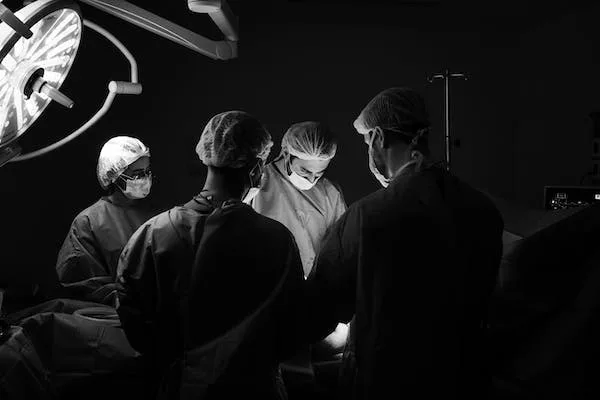Surgery plays a critical role in modern healthcare, providing a range of benefits for patients suffering from various medical conditions. It can be used to cure diseases, improve quality of life, prevent complications, and diagnose certain conditions. Surgery is often the best option for treating many types of cancers, heart disease, and severe trauma, among other conditions. Additionally, surgery can be used to alleviate pain and improve function, which can enhance the overall quality of life for patients suffering from chronic or debilitating conditions. While surgery is not always necessary and there are many remedies available that can help prevent or manage certain conditions without the need for surgery, it remains an important and effective tool in the hands of qualified healthcare professionals.
It involves the use of various surgical techniques to diagnose, treat, and manage illnesses, injuries, and deformities.
Some of the benefits of surgery include:
- Cure of diseases: In some cases, surgery can be the only way to cure or treat certain diseases or conditions, such as cancer, heart disease, and severe trauma.
- Improved quality of life: Surgery can help alleviate pain, improve function, and enhance quality of life for patients suffering from chronic or debilitating conditions.
- Prevention of complications: In some cases, surgery can help prevent complications that may arise from an illness or injury.
- Diagnosis: Surgery can also be used to obtain a tissue sample for diagnosis, or to confirm the diagnosis of a condition.
While surgery can be an effective way to treat medical conditions, it is not always necessary, and there are many remedies available that can help prevent or manage certain conditions without the need for surgery. These remedies include lifestyle changes, such as diet and exercise, medications, physical therapy, and alternative therapies such as acupuncture and chiropractic.
It’s important to remember that the decision to undergo surgery should be made in consultation with a qualified healthcare professional, who can assess the risks and benefits of surgery and help determine the most appropriate course of treatment.





